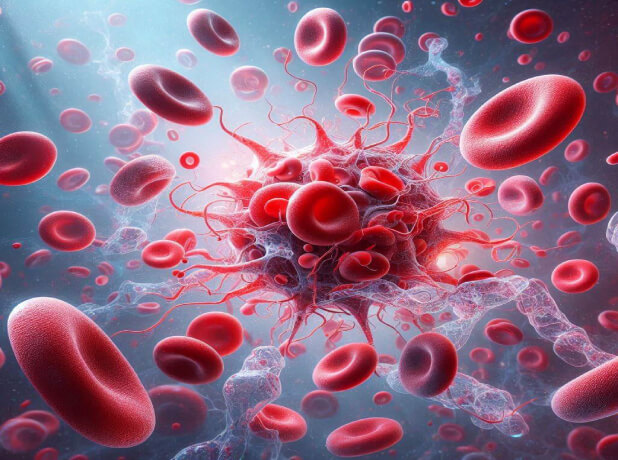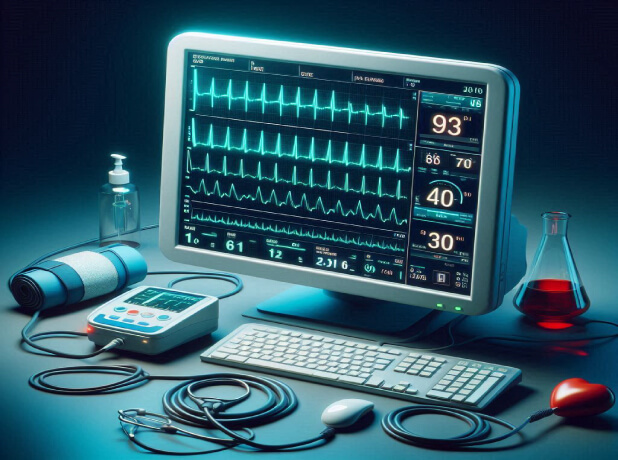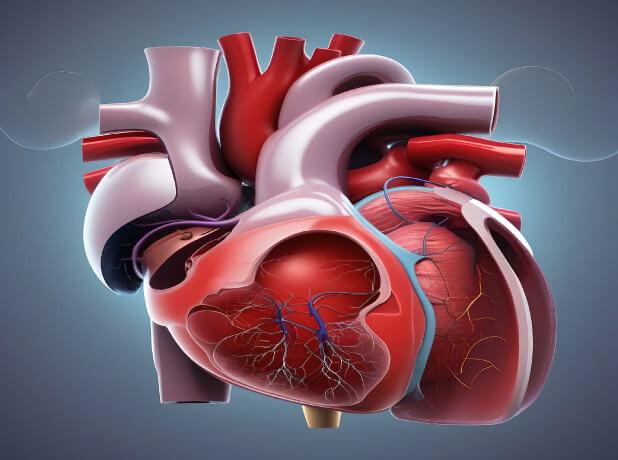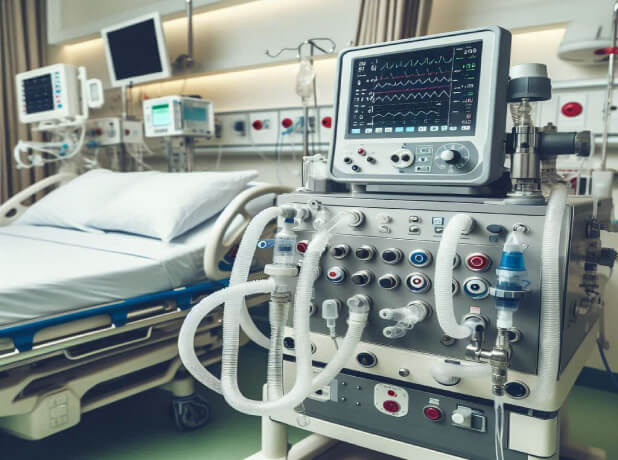Clinical governance in intensive care medicine
Patient safety has become a primary focus for healthcare improvement, particularly in intensive care units (ICUs) where the complexity increases the risk of medical errors compared to other hospital settings [1]. Therefore, ensuring safe care is crucial and should be actively pursued as a fundamental value [2]. Clinical governance (CG) is how healthcare organizations (including […]
Clinical governance in intensive care medicine Read Post »









